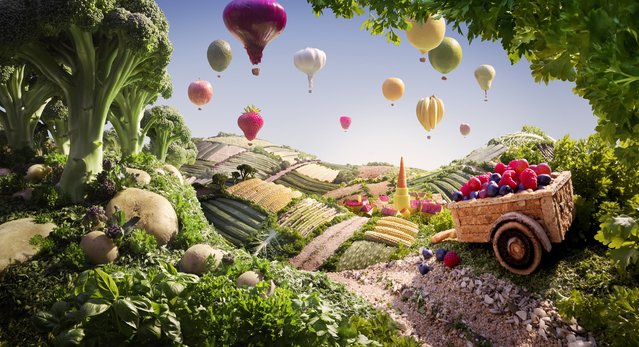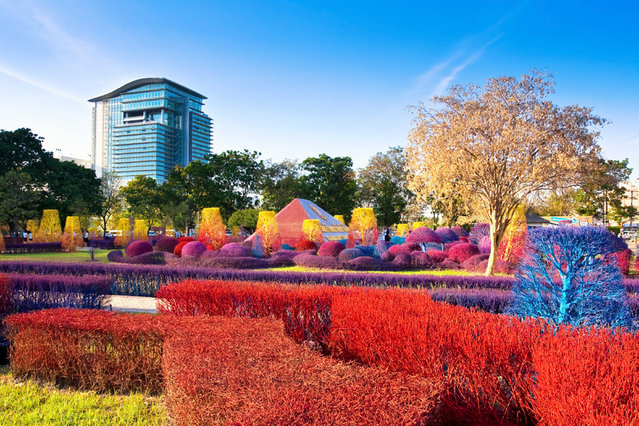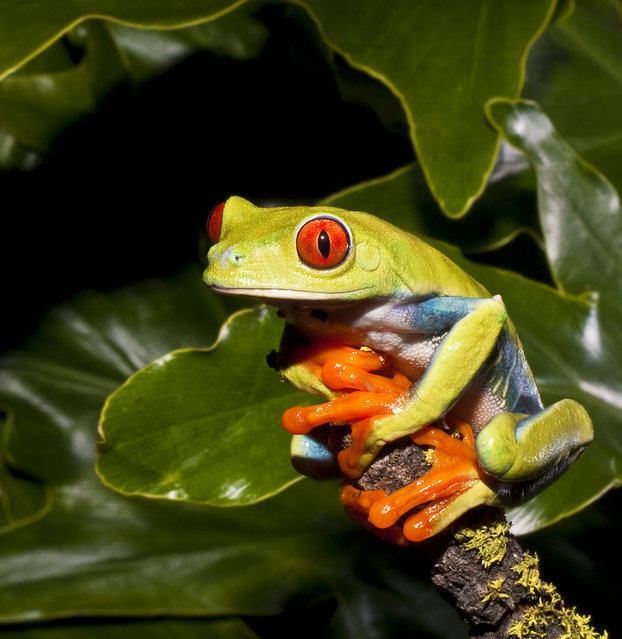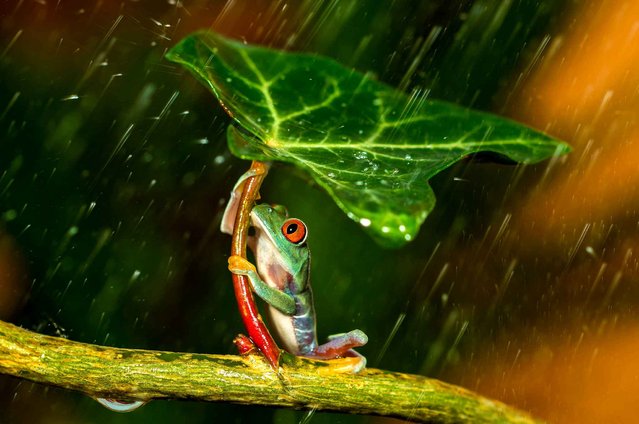
Artist and photographer Carl Warner began his career in landscape and still photography, working many years in the advertising industry. Seeking new inspiration and direction one day, he happened upon a market with Portobello mushrooms that reminded him of trees from an alien world. This would become his first foodscape and the start of a new and exciting direction in his career.
08 Oct 2013 09:27:00,post received
0 comments







